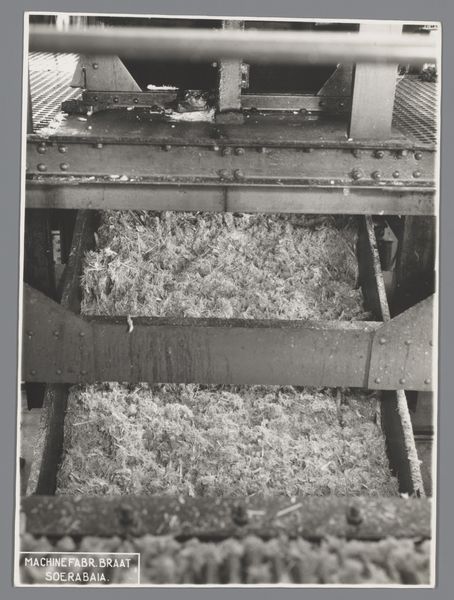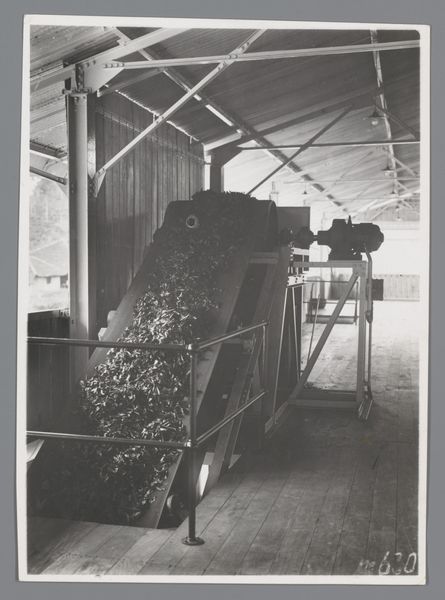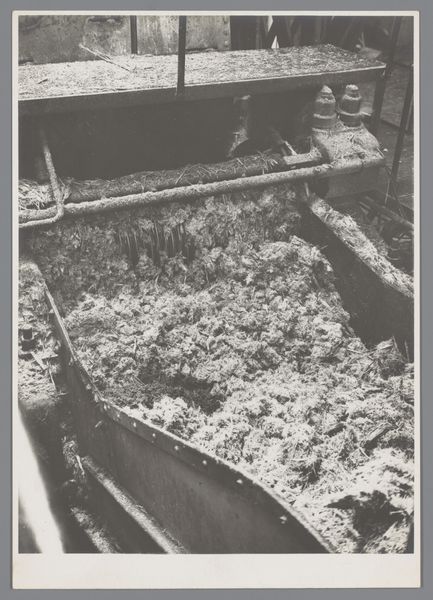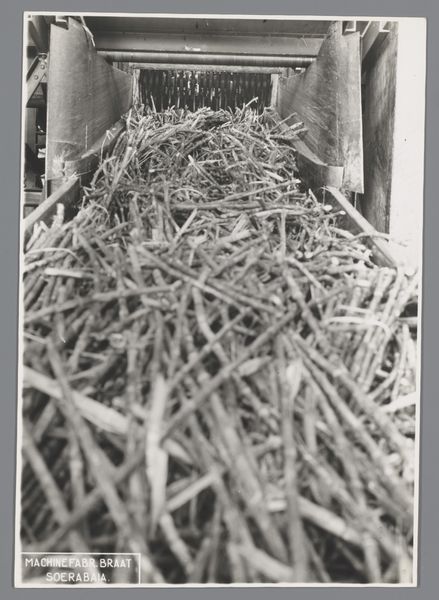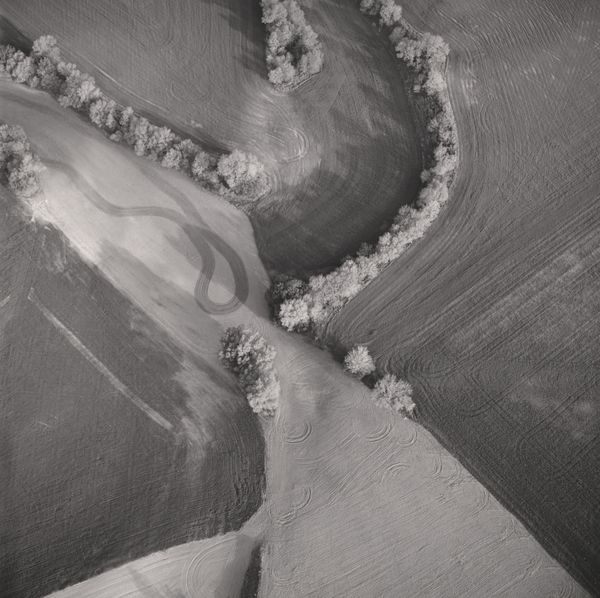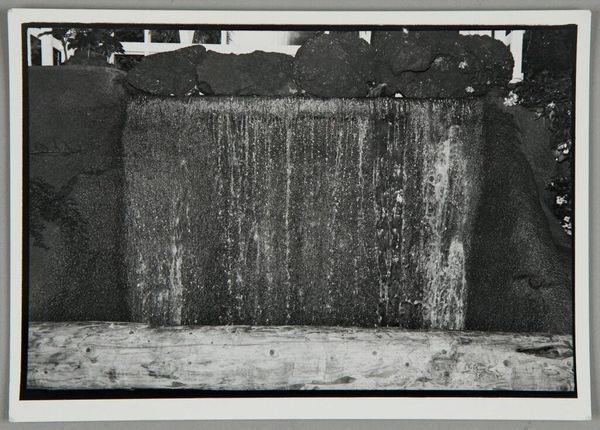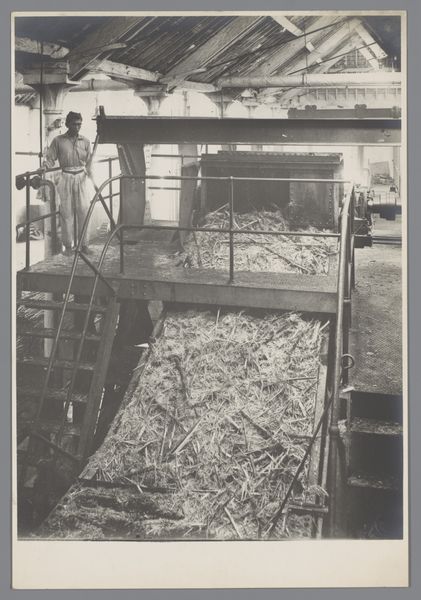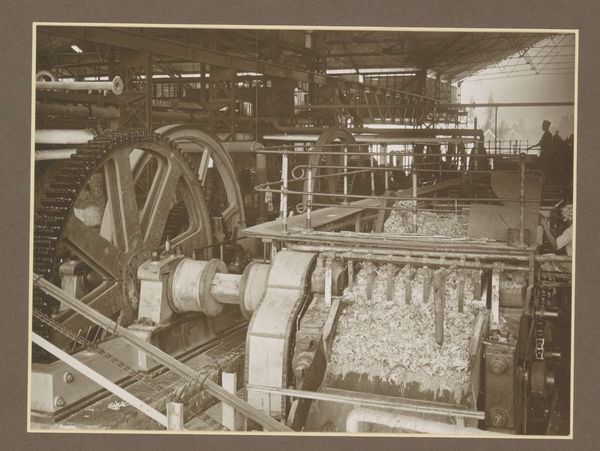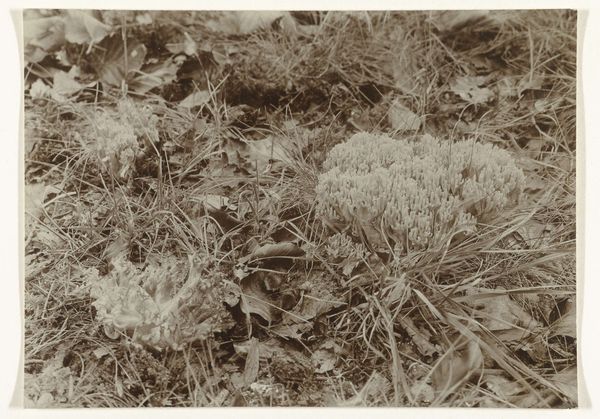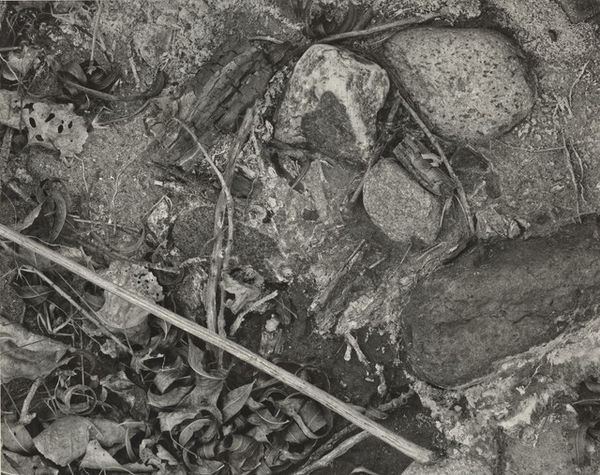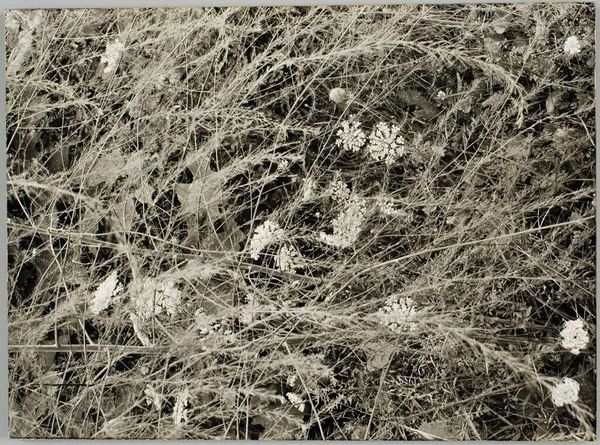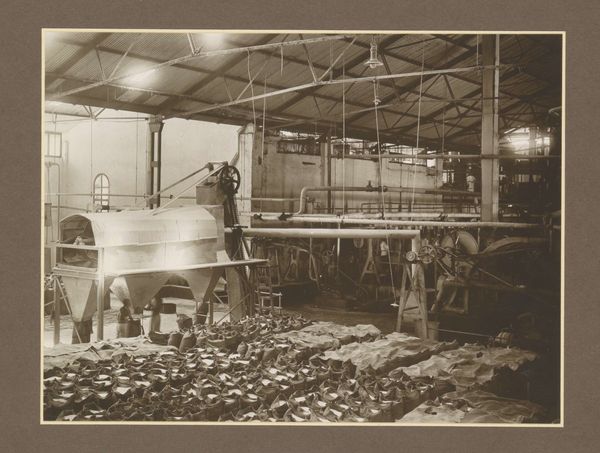
print, photography
#
print photography
# print
#
landscape
#
archive photography
#
photography
#
realism
Dimensions: height 161 mm, width 219 mm
Copyright: Rijks Museum: Open Domain
Editor: So, here we have an anonymous print photograph from 1938, titled "Canecutter in bedrijf," housed in the Rijksmuseum. It looks like a machine chewing up stalks – quite industrial and…bleak, honestly. What can you tell me about this image? Curator: Bleakness is a very valid response. It invites us to think critically about the realities of labor and colonialism embedded in sugar production. It is about turning a plant into a commodity for consumption, and invites us to think about that transformation in terms of its cultural impact, race, and power. Look at the title, it's "Canecutter *in bedrijf*," a very neutral description, masking perhaps a much harsher reality of that time. Do you get a sense of how the industrial revolution impacted the people whose lives were being represented? Editor: Well, there's definitely a sense of the worker being absent, almost erased by the machine. Like they are just an extension of it. So how do we look at this without romanticizing what would have been extremely tough labour conditions? Curator: Exactly. By acknowledging the inherent power dynamics. Photography in the colonial era was often used to document and reinforce unequal relationships. How can we ensure that we're not perpetuating those dynamics through our interpretation? This is about who profits, who suffers, and who has the power to tell the story. It is a stark reminder of exploitation. Do you think it manages to somehow humanize or dehumanize this practice? Editor: I guess…seeing it as dehumanizing actually opens the space to reflect on that worker's experience. Rather than just seeing sugar, you know? Thanks, that really helps to frame it. Curator: My pleasure. Seeing it that way can help unpack other, potentially uncomfortable stories, as well.
Comments
No comments
Be the first to comment and join the conversation on the ultimate creative platform.
